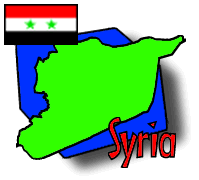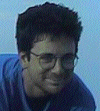
| Webmaster's Note: Because the BikeAbout team is traveling in smaller groups for a little while, we have changed the format of the journal slightly. The rider notes for the lead group (today it's Anthony, who is traveling in Syria) are followed by notes for the other group(s). When the group rejoins in late February or early March, we will return to the original format for these pages. |
While Corinne and andrEa are still on Rhodes, and Ethan and Padraic are in Beirut trying to figure out how to get to or around Syria, Anthony is traveling in Syria:
topics: bartoush (food), Norias of Hama, Crac des Chevaliers, health, Muslim Brotherhood, Phoenicians, agriculture, daily life; jump to dispatch

Food of the Day: Bartoush
Tech Fact of the Day: Bacteria
Person of the Day: Norias of Hama
Place of the Day: Crac des Chevaliers
Group Dispatch, February 8–10


Questions? Ask Anthony ![]() !
!
 |
 |
 |
 |
 |
|
Itinerary/ Journal |
Discussions |
About Syria |
eDscape Projects |
Scrapbook |
|
|
|
|
|
Copyright 1997-2004 BikeAbout. All rights reserved.